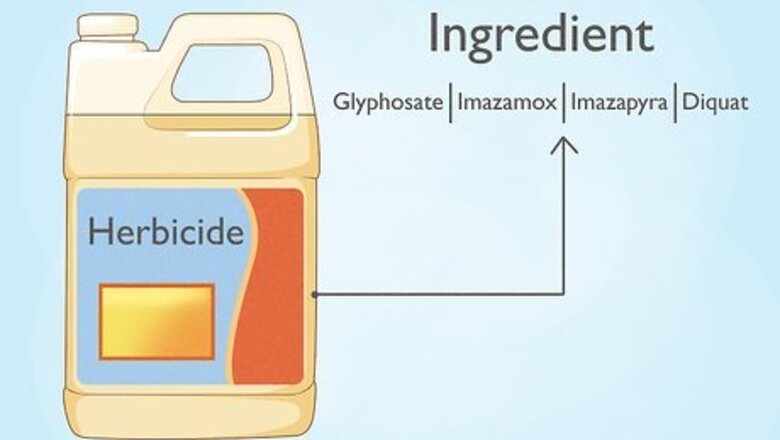
views
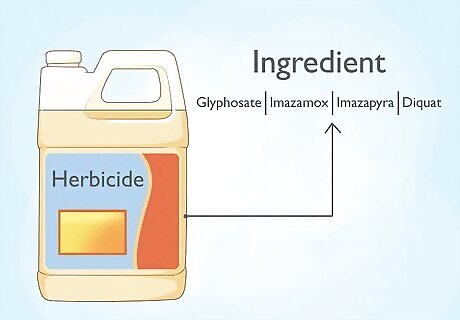
Choose a chemical removal method. Look for an herbicide approved for aquatic use that includes one of the following active ingredients: glyphosate, imazamox, imazapyra or diquat. These chemicals are effective on cattails. Please note: The WHO considers glyphosate to be a probable human carcinogen. Its use is prohibited in some states and countries. Please check with your local laws and use caution if handling this chemical.
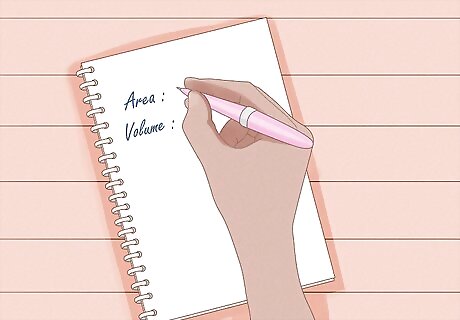
Calculate the area and volume of your pond. These measurements are needed for you to determine how much herbicide you should use to kill your cattails. Get the measurements for your pond. If a contractor put in the pond, you should be able to get the measurements from the contractor's office. Your local survey control service office may also have measurements available or aerial photos you can use to determine your pond's measurements. If not, get a survey of the pond or measure it yourself. Methods you can employ yourself without special equipment include chaining and pacing. Chaining involves putting a stake at either end of a measuring tape or length of wood, chain, or rope of known length. Place the stakes in the ground, remove them, and stick them back in the ground, this time, with the first stake in the same place where the second stake left a depression. Continue moving the measuring tape and stakes around the perimeter of the pond. Count the number of times you need to move the stake, and multiply this number by the length of the measuring tape to get the perimeter's measurement. Pacing functions in the same way, but the known length is your normal stride. Calculate area. Determine the shape of your pond, whether it's roughly square, circular or triangular, and use the appropriate formula to solve for area. Calculate volume. The volume of a pond is the area multiplied by the average depth of the pond. Take depth measurements by slowly dropping a weighted line into the water at various locations in the pond. Use the depth measurements you've obtained to calculate an average depth for the pond. The more measurements you take, the more accurate your average depth will be.
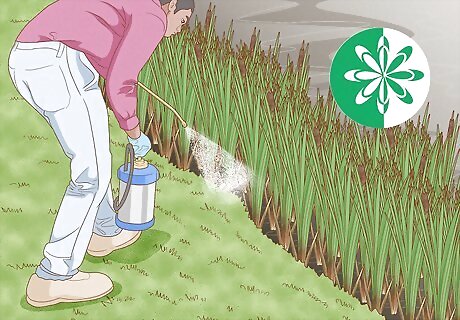
Apply the herbicide to the cattails. It is best to use herbicides in the spring when growth first starts. The cattail plants are smaller at this time, which makes application easier. Read the directions on the herbicide container. Different formulas will have different water use restrictions. You need to familiarize yourself with these restrictions so you know when you can use the pond again for recreation or livestock use. The directions will also indicate how much herbicide to use based on the area and volume of your pond. Divide the pond into sections if you have a large amount of cattails to remove. Once the herbicide takes effect, the decomposition of the dead cattails can deplete the dissolved oxygen levels in the pond, killing fish. Killing fewer cattails at once will reduce the amount of decomposing vegetation in the pond. Use a pond or yard sprayer to distribute the chemical onto the cattails. Be careful to limit overspray as much as possible. Wait 10 to 14 days before spraying the next section if you chose to spray your pond in sections. This will help keep the dissolved oxygen levels in the pond more stable.
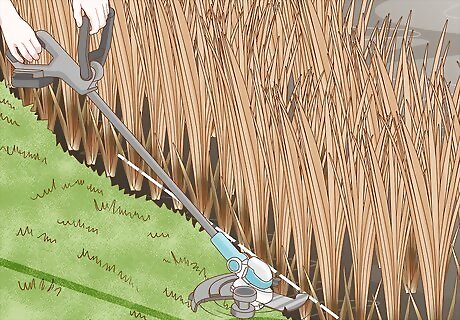
Cut down the dead cattails. Wait 10 to 12 days before cutting the cattails to allow the chemical enough time to work. You want to provide adequate time for the herbicide to fully kill the root system. Use a weed whacker or sharp blade to cut down the cattails.
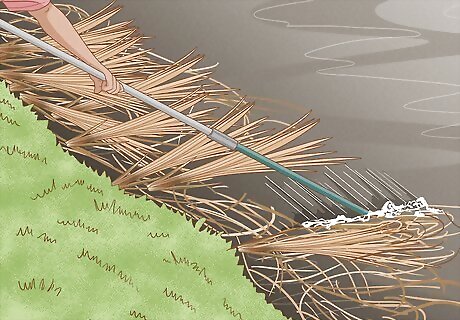
Remove the dead cattails from the pond.












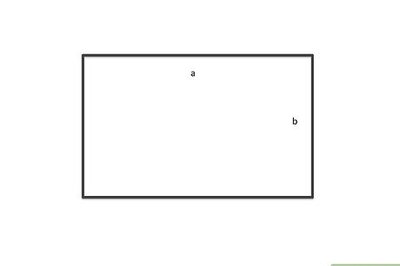



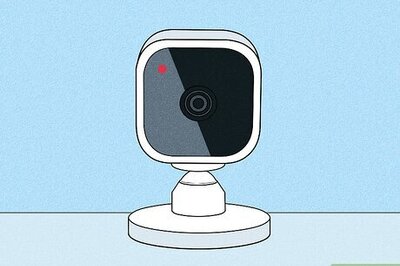



Comments
0 comment